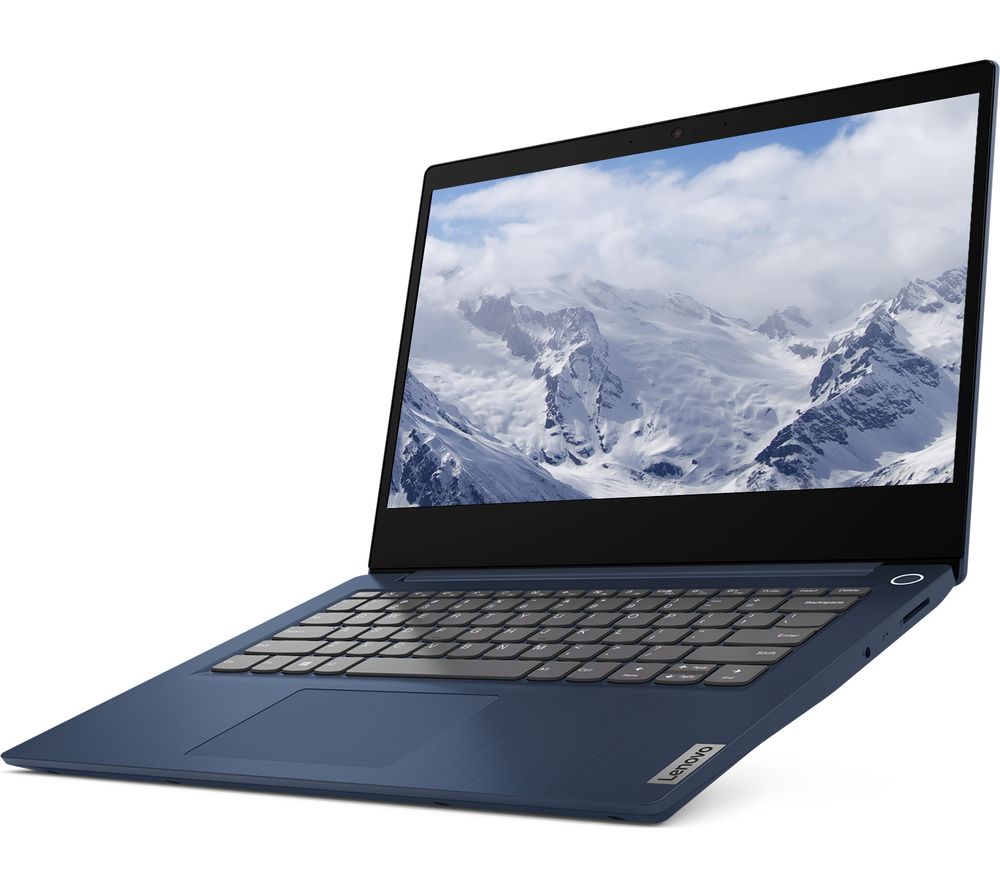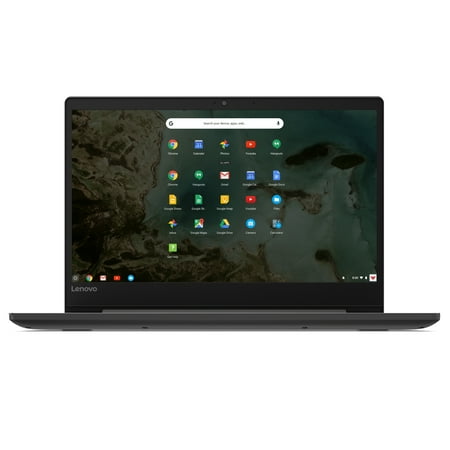LENOVO IdeaPad 3i 14″ Laptop – Intel® Core™ i3, 128 GB SSD, Blue
Windows 10 S. Intel® Core™ i3-1005G1 Processor. RAM: 4 GB / Storage: 128 GB SSD. Full HD screen. Battery life: Up to 7.5 hours.
The Lenovo IdeaPad 14″ Laptop is perfect for working and browsing on the go. With a slim design, it fits easily into your bag and can be taken anywhere. And at 1.6 kg, it won’t weigh you down either.
Whether you’re completing an assignment in a café or researching in the library, you won’t need to be near a plug socket. The battery lasts for up to 7.5 hours, more than enough to handle that big project and your entertainment on the journey home.
Entertainment
Featuring Dolby Audio, you can create an entertainment system like no other. Watch your favourite film on the stunning Full HD display and pop on your headphones for a great sound to match. You’ll never want to stop binge-watching your favourite shows.
If you’ve got lots of work to get on with then the 10th gen Intel® Core™ i3 processor is perfect. And the narrow bezel design lets you see more on the screen. Keep your privacy while working with the built-in webcam, that has a shutter so you only appear when you choose to.
Additional information
| Operating system | Windows 10 S |
|---|---|
| Processor | – Intel® Core™ i3-1005G1 Processor |
| RAM | 4 GB DDR4 (2666 MHz) |
| Storage | 128 GB SSD |
| Touchscreen | No |
| Screen size | 14" |
| Screen type | TN LCD |
| Resolution | Full HD 1920 x 1080p |






by Ian
sensible design easy to use.
by Karen
very easy to use and navigate.
by Wilma
Good keyboard and screen size.
by Andy
Great laptop. Ideal for general I T use.